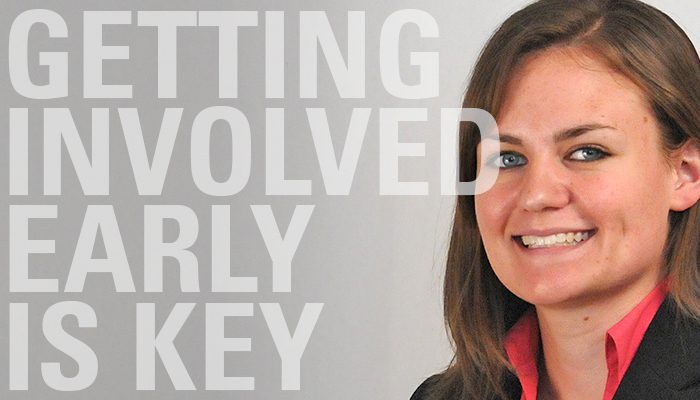With designs for data centers becoming more complex and customized, often due to the drive to reduce energy and water consumption, getting the interested stakeholders involved in review of these designs early in the project timeline has become crucial for efficiently delivering a successful product.
ESD Commissioning (Cx) can provide significant value on projects through document coordination assistance early in the project’s schedule to ensure all stakeholders can have input on the design prior to construction.
Often, equipment sequences of operation will not be produced by the Engineer of Record, but instead are developed by the owner, a manufacturer, or a third party. Coordinating these sequences can often resemble a game of telephone. One party passes on what it would like to see, the next puts it in a drawing and the final tries to write a sequence to match based on what it sees in the drawing — with no feedback loop to the party that made the initial request. Additionally, interested parties such as the mechanical and controls contractors and owner’s building operations teams are left out of the game completely, even though their input can be some of the most valuable, considering their field experience and subject matter expertise.
ESD Cx begins by reviewing and comparing design documentation created by all parties. Are sequences provided for all systems and equipment? Do the design documents include all sensors and devices required to be able to implement the desired sequences? Are naming conventions consistent from document to document? A detailed list of comments is developed during this stage. The comments are tracked throughout the entire review process to ensure that the final team decision is properly documented and incorporated into the design documentation as necessary.
The comments are then released to the team for review. Many of the comments can be resolved through a field memo or an update to a sequence; however, some will require further team discussion. ESD Cx has facilitated on-site coordination workshops including the designers but also the installing contractors and the building operations staff. All of the previously mentioned parties are invited and encouraged to provide recommendations and suggestions to the team based on their knowledge of the hardware limitations and building’s operational strategies. These comments are also added to ESD’s log for tracking through implementation. Having the stakeholders all in one room increases awareness of the intent behind the sequences being implemented which drives a clearer understanding of the overall project goals.
Ultimately, having well-coordinated documentation early in the project can greatly reduce issues and RFIs during installation, programming, and functional testing, which in turn results in more efficient project delivery. Additionally, a well-coordinated team can more knowledgably work to ensure the project is successfully executed and efficiently operated throughout the life of the building.

